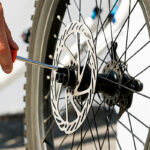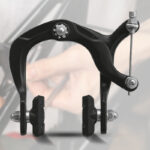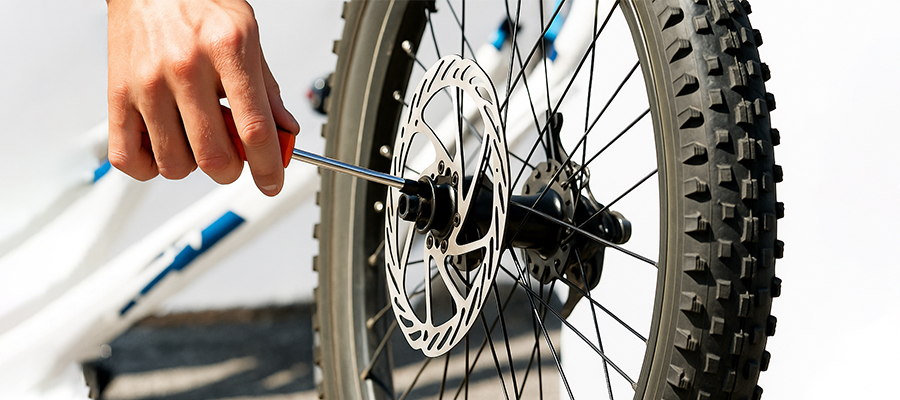Your bicycle’s braking system is essential for your safety and enhances your cycling experience. Proper maintenance and care can extend its lifespan, save you money, and ensure consistent performance. Let’s explore some practical tips to keep your bicycle brakes in top condition.
1. Keep Your Brakes Clean
Dirt, debris, and grease often accumulate on brake pads, rotors, or rims, affecting their performance. Regular cleaning is crucial to prevent these buildups. Use a soft brush and isopropyl alcohol to gently clean the braking surfaces and components. Avoid oil-based cleaners, as they can contaminate the brakes and reduce friction. Cleaning improves stopping power and prevents premature wear.
Your braking technique can significantly impact the lifespan of your brakes. Avoid aggressive braking or “dragging” the brakes, especially during descents. Instead, brake gradually and evenly, using both front and rear brakes to distribute wear. Anticipating stops can also reduce sudden braking and prolong the life of your brake pads and rotors.
Riding in wet, muddy, or dusty conditions can accelerate the wear and tear of your brake system. Moisture can cause rust, and debris can clog the pads or rotors. After riding in such conditions, clean and dry your brakes thoroughly to prevent long-term damage. For disc brakes, ensure that the rotors are free from mud and grime.
If your budget allows, investing in high-quality brake components can make a significant difference in durability and performance. Ceramic brake pads, stainless steel rotors, and high-performance levers are more resistant to wear and provide consistent braking power. While the initial cost may be higher, these upgrades often pay off in the long run.
Final Thoughts
Extending the lifespan of your bicycle brake system doesn’t require advanced technical skills. Regular cleaning, timely adjustments, and adopting good riding habits can go a long way in preserving your brakes. By taking proactive measures and addressing issues early, you’ll ensure safer, smoother rides and reduce the need for frequent replacements.
Take care of your brakes, and they’ll take care of you on every ride!





